5 Types of Dwarf Rabbit Breeds

What’s cuter than a charming, fluffy rabbit? A cuddly and loveable mini bun, that’s what. Dwarf rabbit breeds are experiencing a popularity boost. And why not? Dwarf breeds are just as adorable as other bun types, plus their compact size makes them easier to feed, house, and carry around.
Moreover, unlike other animal breeds that may suffer from health issues due to miniaturization in body size, dwarf rabbits often live longer than their larger counterparts.
This post contains affiliate links. Affiliate links support Every Bunny Welcome at no additional cost to you. I receive a commission if you choose to make a purchase through these links.
What Are Dwarf Rabbits?
Not all tiny bunnies are considered dwarf rabbits. Instead, it’s the presence of the dwarf gene in the bun breed that makes it a dwarf. That gene produces the features typical in dwarf rabbit breeds, such as a bigger, rounder head, a compact body, and shorter ears compared to non-dwarf types.

5 Different Dwarf Rabbit Breeds
Here are some of the most popular teeny-weeny breeds to choose from. We’re sure one will easily capture your heart:
1. Lionhead
A strikingly attractive breed, the Lionhead got its name from the beautiful mane of fur on its head akin to that of a lion’s. Another distinctive feature of this dwarf rabbit breed is its ears, which can grow up to 7 centimeters long. The length makes them proportionately large compared to the rest of the body.
The Lionhead can reach a maximum weight of around 4 pounds. That’s a bit heavy for dwarf breeds. On top of that, the fluffy mane makes this bun breed look larger than they actually are. But take note that many Lionhead rabbits lose the dense fur around the neck when they reach adulthood.
Friendly, active, and affectionate, the Lionhead gets along well with children and will surely be a welcome addition to a bun-loving family.
2. Britannia Petite
With a maximum weight of only around 2.5 pounds, this tiny cutie is quite a looker. Its characteristic arched body, pointed ears, and little paws made the Brianna Petite extremely popular in rabbit shows.
Though small in size, this is a very active bun that requires plenty of exercise. So if you intend to get a Britannia Petite for a pet, it will be ideal if you can provide an open space where he can expend his energy.
3. Columbia Basin Pygmy
This tiny tot not only counts as one of the smallest dwarf rabbit breeds but is also one of the rarest. In fact, in the 1990s, experts thought that the breed had become extinct, but fortunately, a few of this type were found. Still, no purebred Columbia Basin Pygmy rabbit exists nowadays, and the breed only continues to a certain degree in crossbreed rabbits.
Weighing barely a pound, this rare beauty has a lovely grayish-brown coat, perked ears, and a round, compact body.
Although they’re adorable animals, the Columbia Basin Pygmy is an endangered species, so you can’t own them as pets.
4. Jersey Wooly
This pint-sized bunny was developed in New Jersey. Its birthplace, plus its wooly coat, earned it its name. Reaching a weight of around 3 pounds, this bun comes in a variety of coat colors.
However, what endears the Jersey Wooly to rabbit lovers is not just its looks but more so its sweet, gentle nature. Known as “the rabbit that does not kick,” they make great pets for new bun parents as they hardly show any aggression. Instead, a Jersey Wooly is content to sit calmly on your lap, enjoying your loving attention.
5. Netherland Dwarf
With a body weight that ranges from a mere 1 to 2.5 pounds, the Netherland Dwarf is one of the smallest among the mini buns. But don’t let that meager size fool you, as this rabbit breed is also considered one of the strongest in relation to its physique.
The Netherland Dwarf is very easy on the eyes, what with those big, soulful eyes, small, perky ears, and a soft, shiny coat that comes in a variety of colors.
As a pet, this bun can be pretty shy at first but will love spending time on your lap after the getting-to-know-you phase. Agile and quick, the Netherland Dwarf will welcome plenty of opportunities to run around.
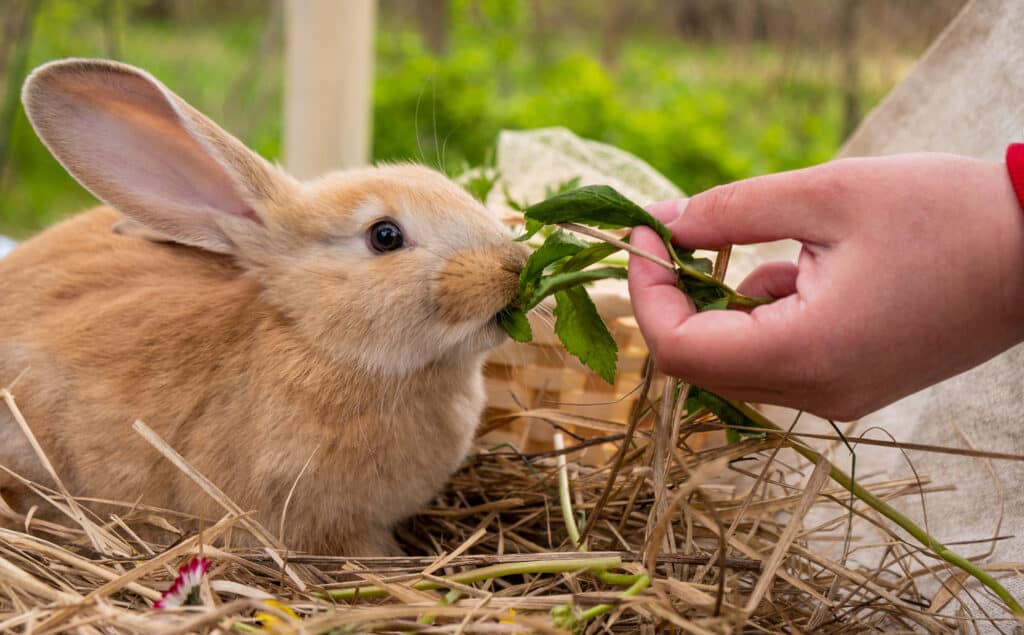
Should You Get a Dwarf Rabbit?
The answer to that question depends on what you expect in a pet. There are excellent reasons why dwarf rabbit breeds managed to capture the hearts of many fur parents, but there are also some disadvantages to owning the tiny furballs.
Pros of Having a Dwarf Bun
- They take up little space: Being so small, dwarf rabbits naturally need smaller cages and space to move about. This makes them ideal for apartment dwellers or those who don’t have a lot of room in their homes. You’ll still need to get the right size of cage for your bun, but because dwarf rabbit breeds are so tiny, their living area will definitely be considerably smaller than their bigger peers.
- They eat less: Dwarf breeds need less food than larger breeds. That translates into fewer expenses for you.
- They’re easier to handle: Not all dwarf rabbit breeds possess a sweet and gentle disposition. Still, because of their size, they’re much easier to control and manage. Imagine trying to calm an aggressive giant rabbit vis-a-vis doing the same thing with an itty-bitty bun type, and you’ll get the idea.
- They make less mess: Well, how big can their poop be if they weigh only a little over 2 pounds, right?
- They’re simply adorable: Rabbits are cute, no doubt about that. But the charm and appeal these companion animals possess seem to get a considerable boost when it comes in an itty-bitty package.
Cons of Having a Dwarf Rabbit
- They are more delicate: Because of their minuscule size, dwarf breeds can get easily injured. As such, they require gentler handling, which tend to make them unsuitable pets for small children.
- They are more prone to some rabbit health issues: Malocclusion, or misaligned teeth, is one of these conditions. Although all buns can suffer from this dental problem, the size and structure of the dwarf breeds’ head can exacerbate the condition.
So which rabbit size should you get? That all depends on your preference and living situation. But whatever size or breed you get, you’ll surely relish the love and companionship your bun will bring into your life.
We hope you enjoyed this post! If you did, will you give it a share or two 🙂 Thank you! ~from Every Bunny Welcome
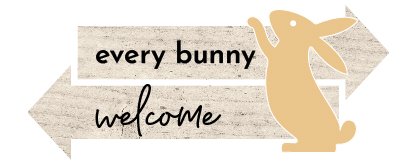

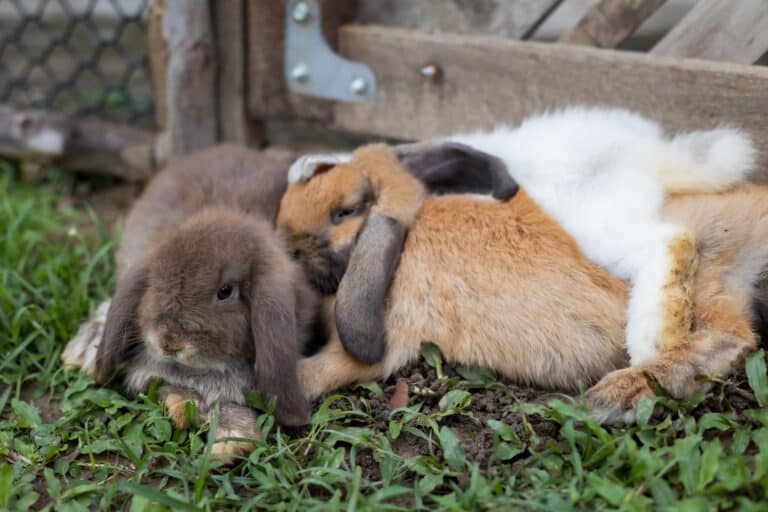
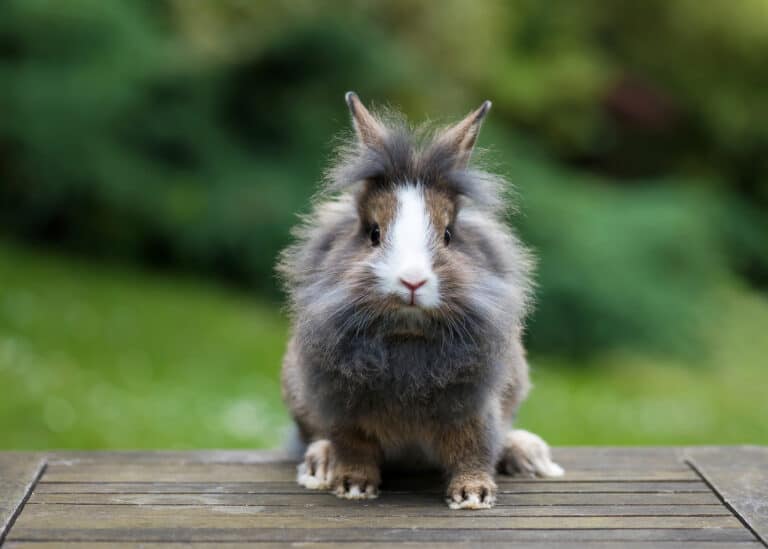
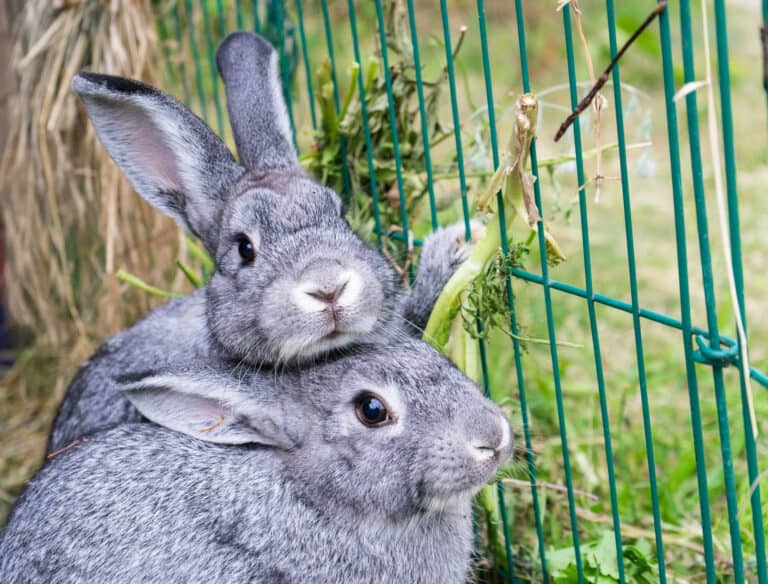
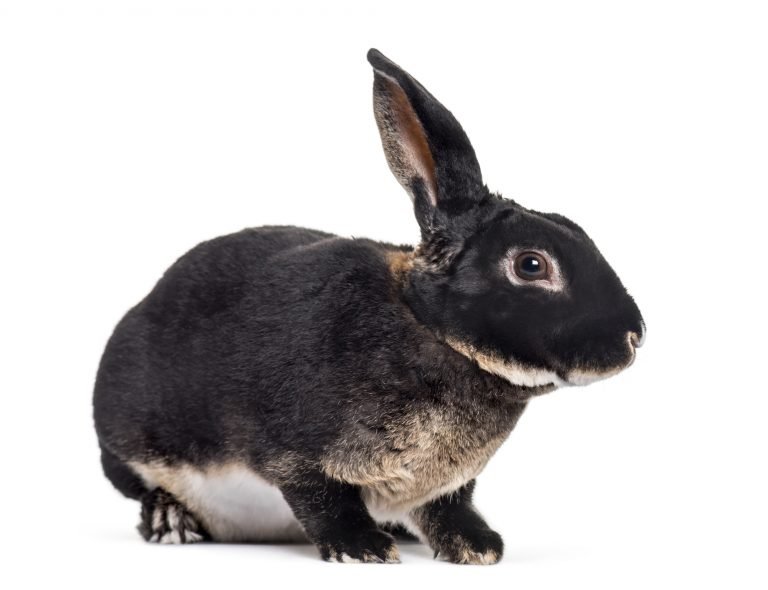
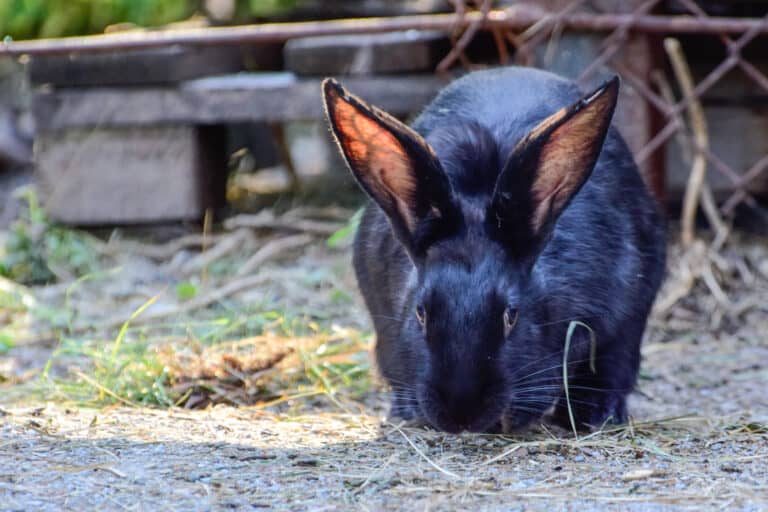
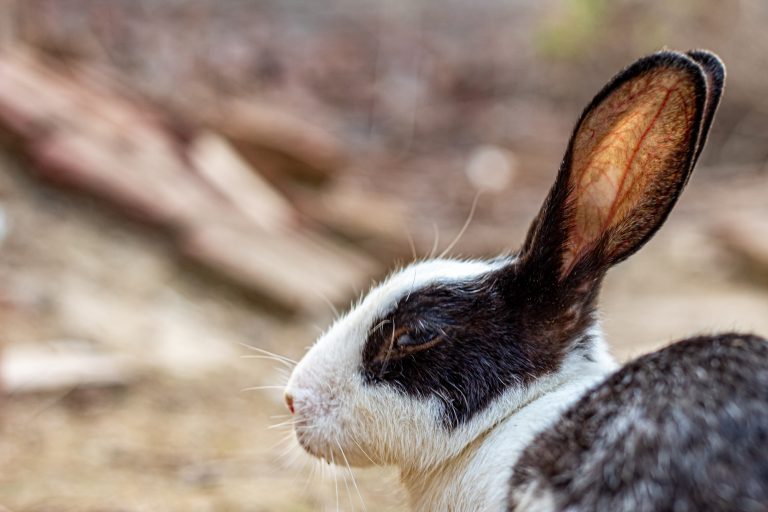
Hi I had a Dwarf rabbit I called Mr Biggs after Bugs Bunny.who is my personal mascot. I would he was the most affectionate pet I had .also great comfort to me.espically When I was very upset. He Mr Buggs would sleep with me at night. I’m fact he often gave me what I called rabbitKisses where he lick my nose sometime I thought he was giving my nose a bath. I very fond memories of Mr Buggs he continues to live in my heart ❤️ Having a 🐇 is great comfort and a lot of Joy. Especially when they know to are coming home from be out.I would highly recommend a 🐇🐰 sincerely a rabbit 🐇 person. Robert S Hoge.
Hi Robert,
Completely agree 🙂
Christine